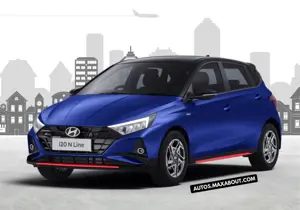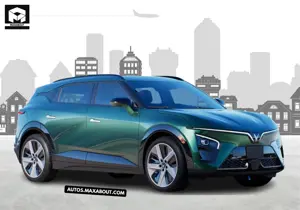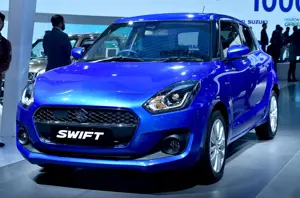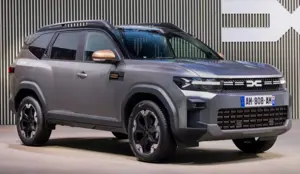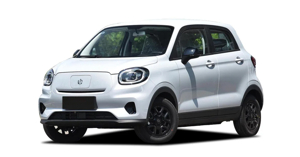How does the Honda SP125 handle the transition to OBD-2B compliance?
With the implementation of OBD-2B (On-Board Diagnostics) standards in India, many motorcycles, including the Honda SP125, have undergone updates to comply with these new regulations. This transition involves changes to the engine management system and the addition of new sensors to monitor emissions more closely. There's curiosity among riders about how these changes affect the bike's performance, fuel efficiency, and overall riding experience. Some wonder if the OBD-2B compliance has led to any compromises or improvements in the SP125's characteristics. It's also worth considering how these changes impact maintenance requirements and potential long-term reliability.
The OBD-2B update hasn't changed much in day-to-day riding. If anything, the bike feels a bit more refined.
Most Popular Cars
Based on Cars Popular on Maxabout
Hyundai i10 Grand Diesel Sportz Dual Tone
₹ 7,38,655
526 Views
Isuzu D-Max Super Strong 1710 kg
₹ 11,09,900
1391 Views
Hyundai i20 N Line N6 DCT Dual Tone
₹ 11,33,800
822 Views Recently Added Cars
New Cars Added On Maxabout
Skoda Octavia RS
₹ 49,99,000
83 Views
VinFast VF7 Sky Infinity
₹ 25,49,000
558 Views
VinFast VF7 Sky
₹ 24,99,000
522 Views Upcoming Cars
Exciting Upcoming Cars
Maruti Swift Hybrid
₹ 10,00,000
1696 Views
Renault Boreal Bigster SUV
₹ 13,00,000
1791 Views
Leapmotor T03
₹ 8,00,000
1269 Views Discussions and Questions How Does The Honda Sp125 Handle The Transition To Obd 2B Compliance
No answers found .
Latest News
Recently Added News
Kia Carens Clavis EV HTX E Launch: 2025 Price & Features Revealed
Saturday, 18 October 2025 14:09 PM
Hyundai Affordable EV Below Creta Electric Confirmed – Nexon EV Rival
Thursday, 16 October 2025 23:08 PM


